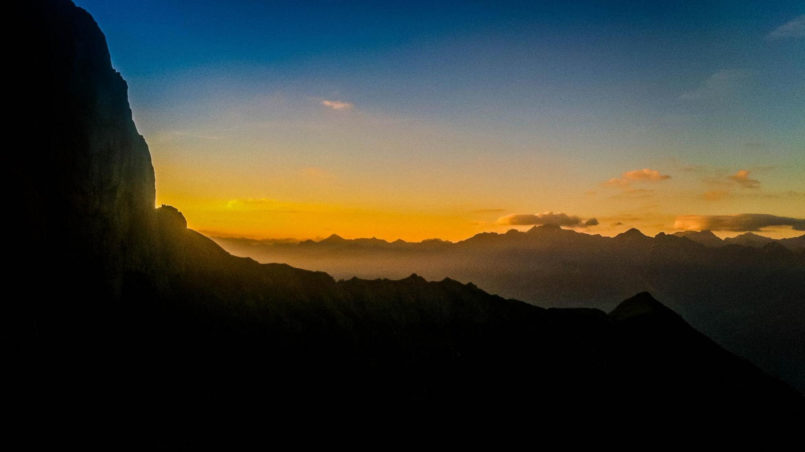Stop your Thought

Meditation entered my life unexpectedly. I had never been interested in these kinds of new age disciplines … Well, I thought it was a new age thing but after only a little research, I found out that meditation is a very ancient practice.
Its origin goes back to around 5,000-3,500 BC. The exact period is unknown but archeologists agree that this was the time when the practice of meditation emerged. The Vedas (a set of books written in Sanskrit which date back to 1500 BC) are the first documents in which you can find references to the practice of meditation.
The benefits of meditation are scientifically and medically proven:
A friend of mine introduced me to meditation. I tried it just for fun, but I fell for it immediately. It took me a while to learn how to empty my mind, because it is not easy to stop thinking. But the brain is like a muscle and, like all other muscles in the human body, it needs time and lots of practice to get in shape!
During meditation, a silence emerges, which basically is the non-thinking process. Everything that a thought creates is limited to the thought itself, but when you empty your mind, there are no limits anymore. The thought always has a horizon while the meditative mind does not.
Meditation guides the mind through a condition of natural calmness. The word comes from the Latin: meditatio, which means reflection. When you are focused on yourself, you become more aware, modifying your attitude throughout life.
The mind is a tool and it is necessary to learn how to use it. Most of the time people use it like a hammer with which they crush their finger instead of the nail. Under the effect of the meditation, the brain operates coherently because the two cerebral hemispheres synchronize. Every part start to work as an orchestra, no longer as single instruments, and you begin experimenting with awareness.
What I’ve found out in my personal experience is that I could read about meditation but that I would only be able to understand it when I actually practised it myself. Experience is the key word. Of course it takes time and effort but every discipline needs these. Practice perfects my perceptions and this stimulates change, profoundly modifying my inner being.
The finality of meditation is not about having vision because I do not want to be a mystic. It is more about learning how to listen to myself and while I am doing it, to develop a natural perception of reality and therefore a correct comprehension of the functioning of things.
In the mediative state I realize the pure essence of things, detaching myself from the material aspect of life, thereby increasing my perception of the reality.
Credits
| Image | Title | Author | License |
|---|---|---|---|
 |
Stop Your Thought | Bianca Traxler | CC BY-SA 4.0 |
